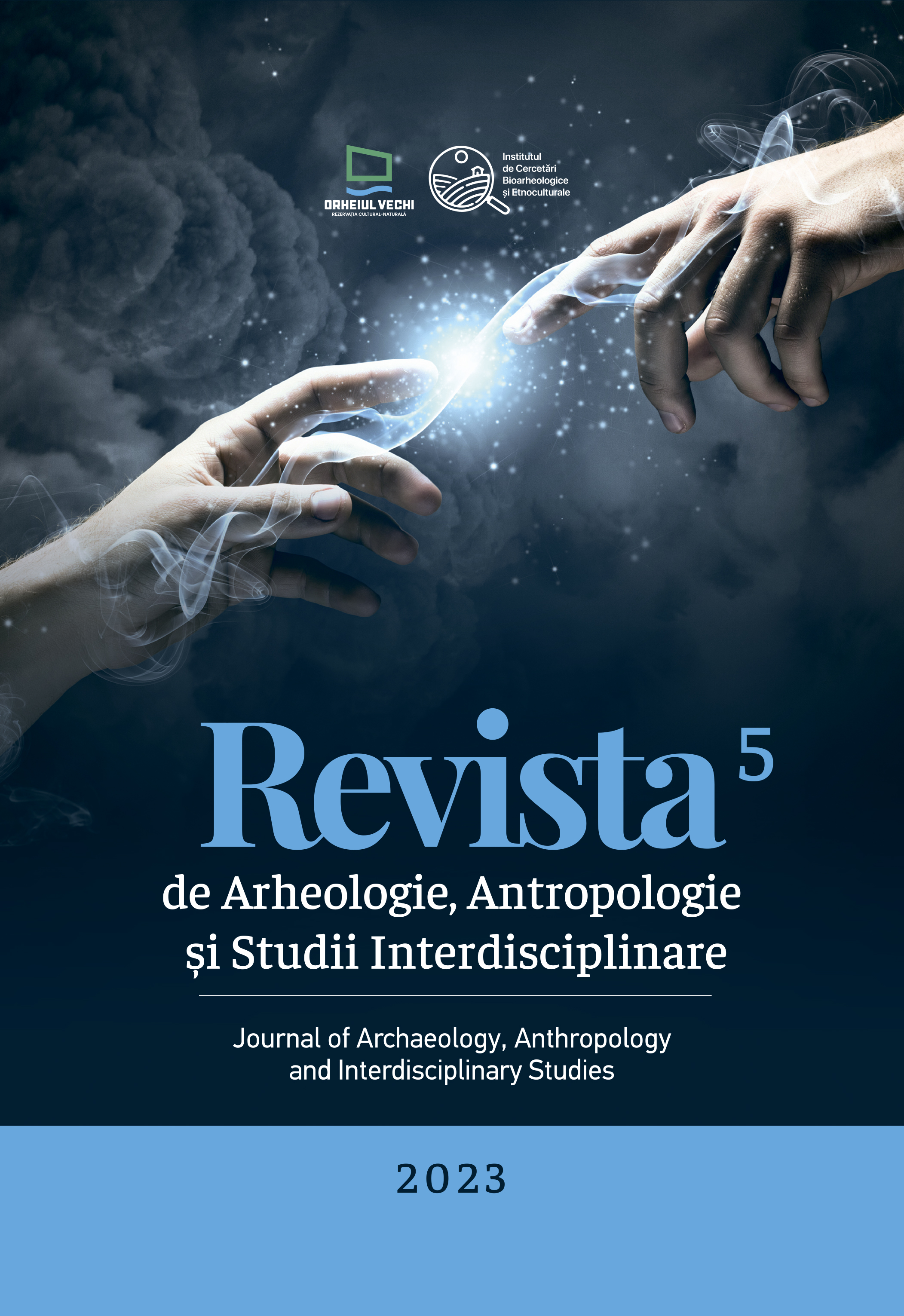Beneath the surface: Uncovering the social and biological significance of contemporary multiple burials in a Mediaeval sample from Wallachia
Beneath the surface: Uncovering the social and biological significance of contemporary multiple burials in a Mediaeval sample from Wallachia
Author(s): Franceska Știrbu, Gabriel VasileSubject(s): History, Archaeology, Middle Ages
Published by: Bons Offices – Casa Editorial-Poligrafică
Keywords: Wallachia; Middle Ages; cemetery; contemporary multiple burials; bioarchaeology
Summary/Abstract: Between 2020 and 2021, the Institute of Archaeology “Vasile Parvan” from Bucharest excavated a large Mediaeval cemetery, as part of a preventive archaeological research, around the town of Buftea La Cârna/Mănești (Ilfov County, Romania), with more than 1000 graves, dated, so far, based on the analysed grave goods, between the 14th and the 17th centuries. The main focus of the research were the Mediaeval church and cemetery. This study presents results regarding less common funerary contexts, to which we have referred to, at least for this stage of the research, as double burials. This term defines funerary contexts in which two deceased individuals are simultaneously buried in the same grave. To date, 10 such situations have been identified. In terms of sex and age distribution, there were 16 subadults (one infant, eight children, and seven adolescents, of whom four were probably male and one was probably female) and five adults (four young adults and one old adult, of whom one was probably male, one male, two females, and one was indeterminate). The increased mortality among subadults has been particularly highlighted by three non-specific indicators of physiological stress: dental enamel hypoplasia, cribra orbitalia, and osteoperiostitis. All of these manifestations are linked to numerous aetiological factors, both hereditary and acquired, which are not yet fully understood. The absence of unhealed traumas, which suggests the possible existence of wars or massacres during this period, and the presence of a large number of infectious changes due to micronutrient deficiencies, led us to believe that the Early Mediaeval population of Buftea was affected either by epidemics (caused by bacteria and viruses) or famine, both of which are catastrophic factors likely to affect, first, the most vulnerable members of the population (the very young and the very old). The recording of the pathological manifestations observed in the analysed sample provides significant information regarding the socio-economic conditions and the way of life specific to the population of Wallachia in the Middle Ages.
Journal: Revista de Arheologie, Antropologie și Studii Interdisciplinare
- Issue Year: 5/2023
- Issue No: 1
- Page Range: 327-361
- Page Count: 35
- Language: English

